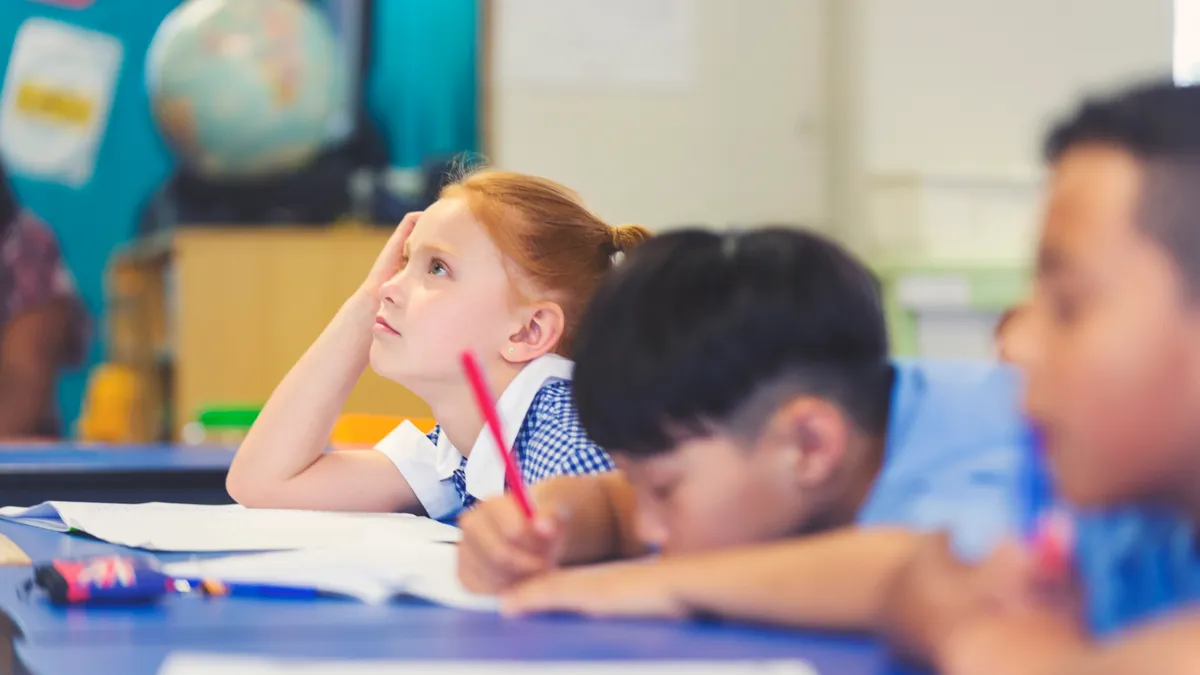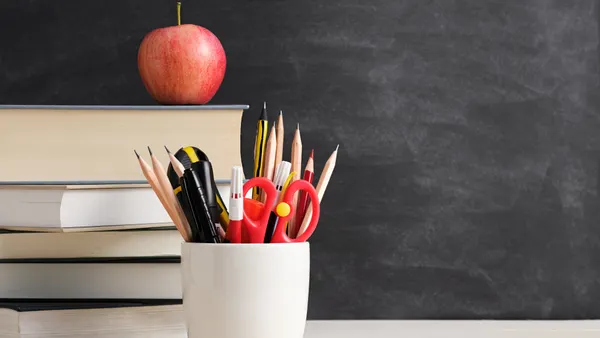The COVID-19 pandemic’s impact on student focus remains a persistent concern, with a quarter of public school leaders reporting a “severe negative impact” on student learning due to lack of focus or inattention in the 2023-24 school year.
That data point is among the most recent findings in the National Center for Education Statistics’ School Pulse Panel surveys, with the latest statistics collected between May 14 and 28 from 1,714 schools across all 50 states and the District of Columbia.
Among other key School Pulse Panel findings released July 18: Some 87% of public schools reported providing any kind of tutoring during the most recent school year, with 47% reporting that two or three types of tutoring were available.
Furthermore, of the 46% of schools that reported providing high-dosage tutoring in particular, 90% said it was “moderately,” “very” or “extremely” effective in improving student outcomes.
“Schools continue to grapple with the ongoing impact the pandemic had on their students,” said NCES Commissioner Peggy Carr, in a statement. “Understanding the availability of tutoring, along with achievement data from the next 2024 National Assessment of Educational Progress release, will provide deeper insights into students’ progress toward learning recovery.”
Results for 2024 NAEP progress are expected to be released in winter 2025.
In addition to the data on student focus, the School Pulse Panel found other top factors severely impacting student learning include:
- Students arriving academically unprepared, such as not doing homework or not bringing necessary supplies.
- Students being disruptive in the classroom.
- Students not doing individual work.
- Students being physically unprepared for school because of factors such as a lack of sleep or not eating before school.
The social isolation of pandemic school closures, coupled with factors like family issues and illnesses, led to many students returning to classrooms with heightened social-emotional and mental health needs when buildings began reopening on a wide scale in 2021, according to education experts.
A YouthTruth survey released in May 2023 found that 48% of middle and high school students reported mental health as an obstacle to learning during the 2022-23 school year, compared to 39% in spring 2020. And just 41% of students said they felt they could talk to an adult about stress, depression or anxiety.
Some 76% of school leaders in the latest School Pulse Panel reported needing more support for student and/or staff mental health. In previous NCES data released in May, 48% of schools said they could effectively provide mental health services to all students who need them.
Experts have advised a variety of approaches to improve students’ focus and assist with their social-emotional and mental health needs.
Joshua Aronson, an associate professor of applied psychology at New York University, advises incorporating mindfulness and breathing techniques alongside opportunities for free play or hands-on learning at schools to help reduce stress, frustration and anxiety.
Aronson’s guidance is similar to that of Kathleen Ethier, a social psychologist and director of the Centers for Disease Control and Prevention's Division of Adolescent and School Health, who suggests building SEL skills into classroom learning and expanding teacher professional development to better address some of these challenges.







 Dive Awards
Dive Awards




